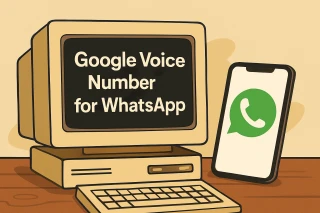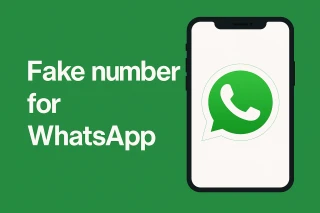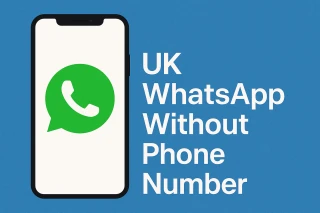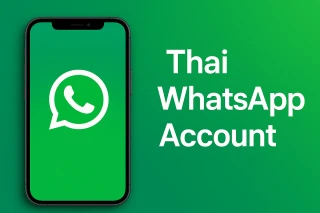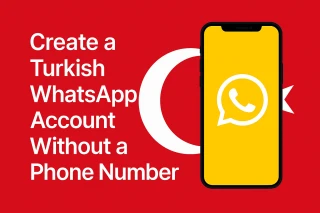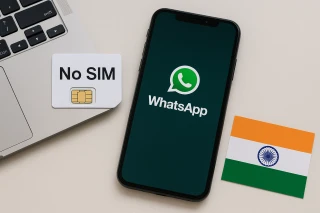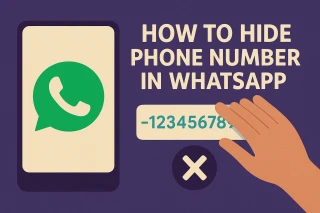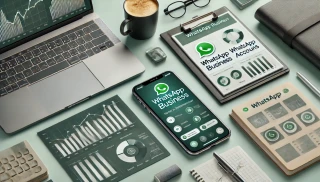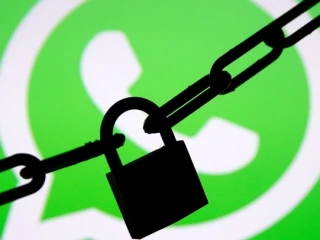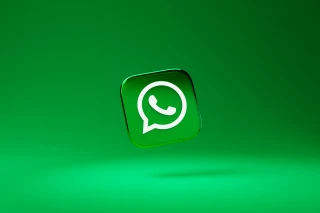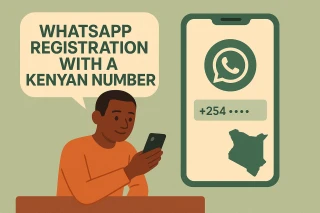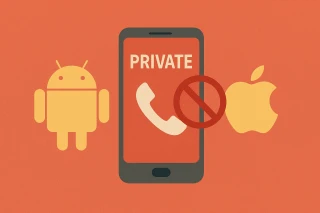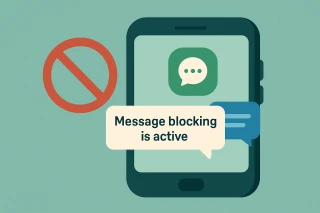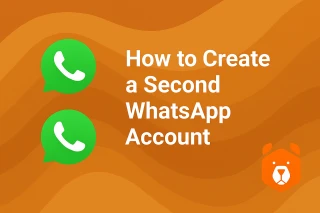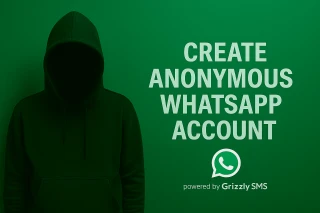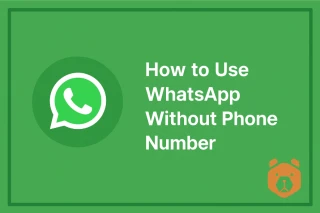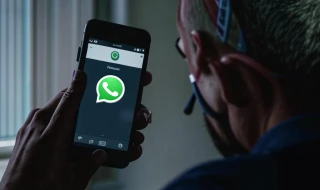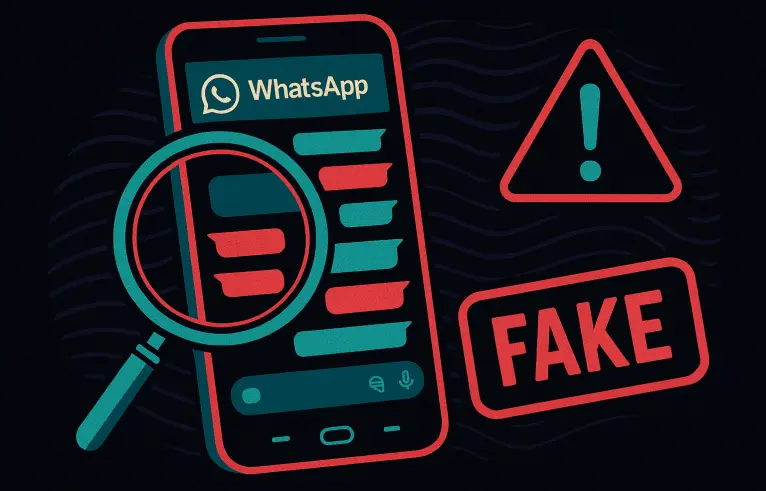
Creating believable fake WhatsApp chats — art, ethics and safe methods
A fake WhatsApp chat can look like a little theatre set: two speech bubbles under a green marquee, a timestamp like a stage direction, and suddenly a whole scene plays out. People want to create fake WhatsApp chats for many harmless reasons — to storyboard a script, to illustrate a tutorial, to craft a marketing mockup or to make a visual gag. But as with any prop, a convincing fake WhatsApp chat carries responsibility. In this guide we’ll explore how to create convincing yet ethical mockups — from the fakedetail WhatsApp chat to a clearly labeled fake WhatsApp conversation — and how to avoid crossing into deception.
Why people make fake WhatsApp chats (legit use cases)
Not every fake WhatsApp conversation is malicious. Creators, teachers and product teams often need a fake chat WhatsApp to:
- demonstrate app flows in UX tests,
- produce screenshots for fiction or film,
- mock up examples for social media or training,
- show what a support interaction might look like.
When the purpose is creative or documentary, a fake chat WhatsApp is a useful prop — provided it is clearly annotated as fictional.
Tools and approaches for creating a fake WhatsApp chat (conceptual)
There are two safe directions to take when you want to create fake WhatsApp visuals: use a mockup generator or build a mock manually.
Mockup generators and “fake WhatsApp chat creators” produce templated images: you enter names, messages and timestamps and the site renders a screenshot-style image. Search terms like fake WhatsApp chat creator or create fake WhatsApp chat online will point you to many such services. For responsible use, pick tools that let you watermark the result and avoid importing real contact data.
Manual mockups give designers full control. In Photoshop or a simple image editor you can craft every detail of your fake WhatsApp chat — bubble colors, read receipts, and even the tiny camera icon — making a bespoke fake WhatsApp conversation for a storyboarding brief. This method takes longer but is excellent for stylized fakedetail WhatsApp imagery.
Ethical guardrails — when a mockup becomes a problem
Here’s the line you must not cross: creating a fake WhatsApp chat to deceive someone, to defame, to commit fraud, or to impersonate a real person is harmful and can be illegal. Before you create fake WhatsApp chat content ask:
- Is the chat clearly labeled as fictional?
- Could a reasonable person mistake this for a real private conversation?
- Am I using real names or private data that could harm someone?
If the answer suggests risk, rework the mockup or add obvious disclaimers.
Design tips for lifelike but safe mockups
To make a convincing yet ethically sound fake WhatsApp chat:
- Use placeholder names (e.g., “Alex (Character)”) rather than real people.
- Add a visible watermark saying “SAMPLE / FICTIONAL” across the image.
- Keep message content generic or fictionalized to avoid real allegations.
- Choose plausible timestamps but avoid reusing real metadata that could be traced.
These small choices let your fake WhatsApp conversation feel authentic while remaining honest.
Grizzly SMS — a note about verification and testing
If you are an SMM specialist, tester, or designer building multiple demo accounts for legitimate testing, services such as Grizzly SMS can help provide temporary numbers for verification WhatsApp during account registration. Use such tools only to create test accounts for development, staging, or approved demos — never to impersonate real people. Typical safe steps are:
- Sign up at Grizzly SMS and add a small balance.
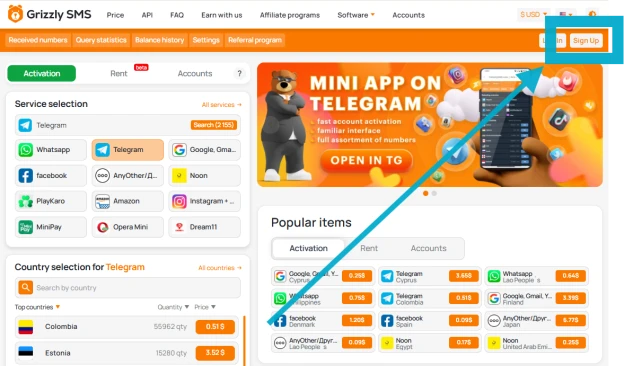
- Select the service you need (e.g., “WhatsApp” as a platform) and request a temporary number.
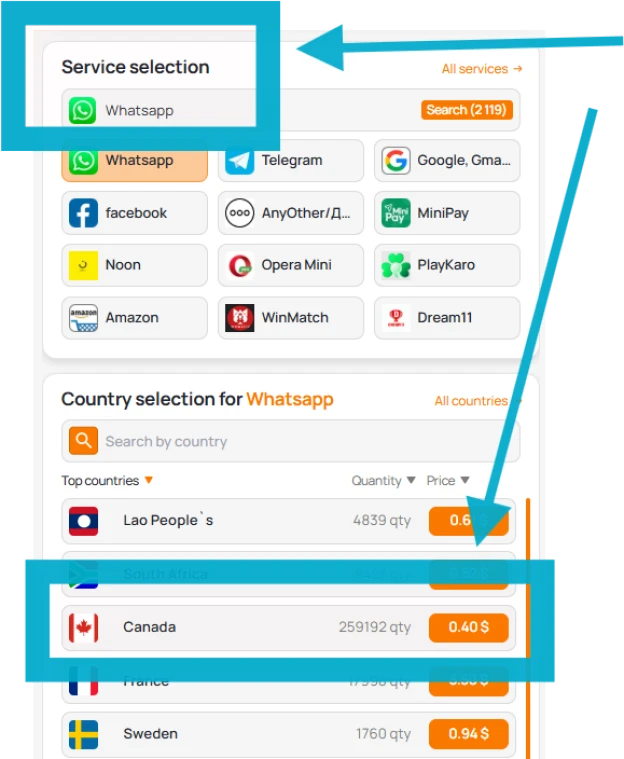
- Use the number to receive verification codes in your test environment and then delete the demo account when finished.
Always read the terms of service and local laws before using third-party numbers.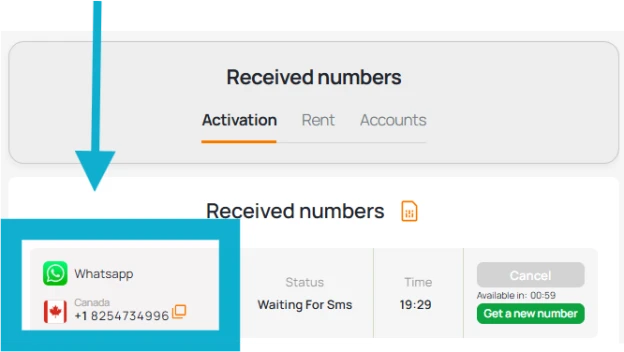
Conclusion
A fake WhatsApp chat is a powerful storytelling brush: with careful design it can illustrate a user journey, enliven a script, or test a UI. But power brings responsibility. Create with transparency — watermark mockups, use fictional names, and never weaponize these visuals to mislead. When done right, fake WhatsApp chats become honest props that serve creativity and clarity rather than deceit.
Checklist — how to create a responsible fake WhatsApp chat
- choose a clear, legitimate use case for the mockup
- pick a mockup generator or build the layout manually in an editor
- use placeholder names and fictional content only
- add a visible “SAMPLE / FICTIONAL” watermark or caption
- avoid reusing real metadata or personal identifiers
- if testing accounts, use services like Grizzly SMS only for legitimate dev/test purposes














































































































































































































